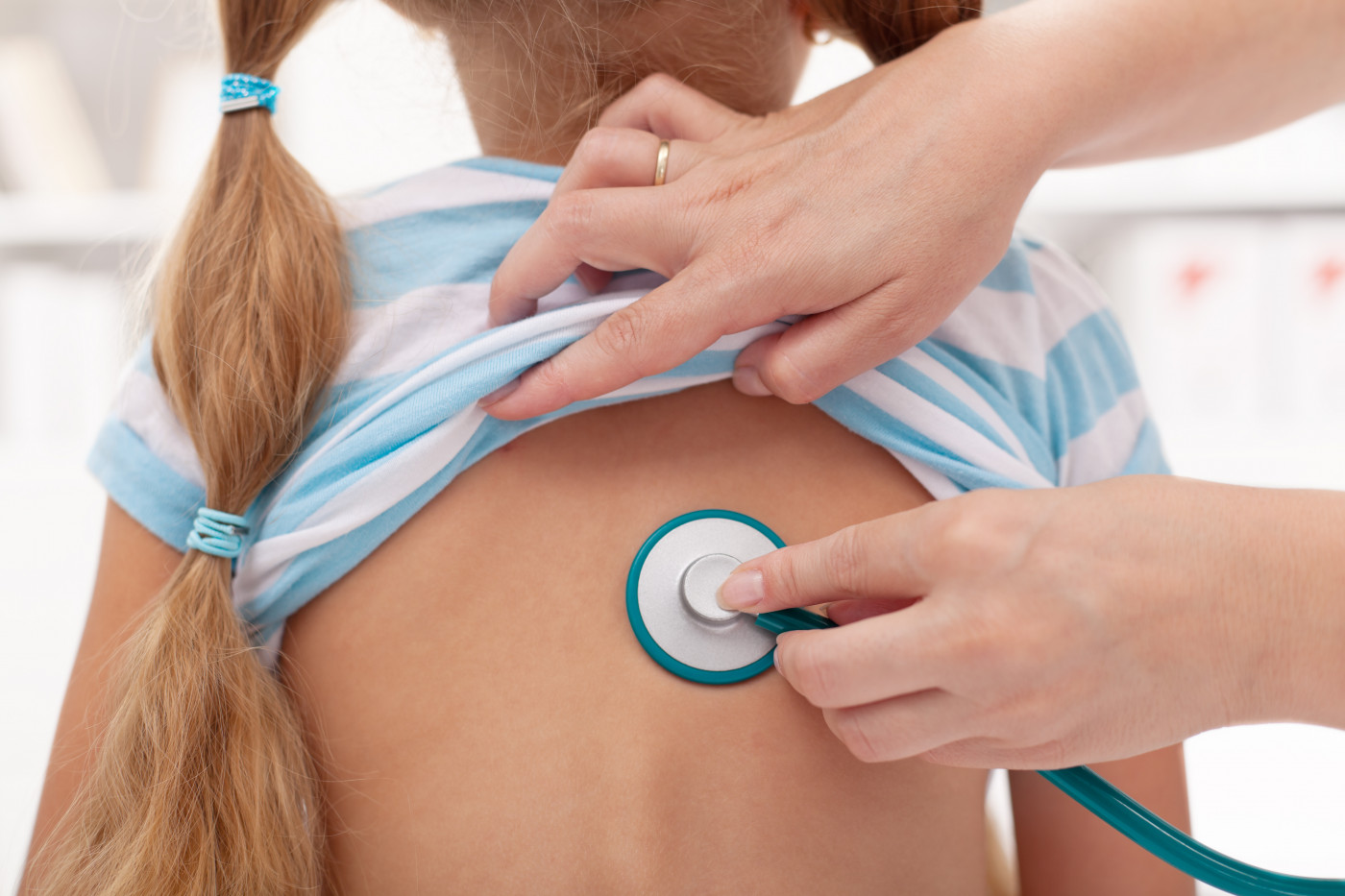Spinraza Shown to Preserve Respiratory Muscle Strength in SMA Type 2 Patients

Spinraza (nusinersen) effectively preserves respiratory muscle strength in addition to motor function in children with spinal muscular atrophy (SMA) type 2, according to a real-life, small study in France.
Larger studies are needed to confirm these findings, and to determine the usefulness of age-adapted respiratory muscle assessment as an efficacy measure in SMA clinical trials, the researchers noted.
The study, “Assessment of respiratory muscles and motor function in children with SMA treated by nusinersen,” was published in the journal Pediatric Pulmonology.
Developed by Biogen, Spinraza was the first disease-modifying therapy approved for all types of SMA. It is administered directly into the spinal canal at a recommended regimen of four doses (12 mg each) in the first two months, followed by maintenance treatment at the same dose every four months.
Several clinical and real-life studies have shown that Spinraza safely and effectively improves motor function and survival among children with SMA. However, its effects on respiratory muscle strength — which is progressively lost in these patients, leading to respiratory failure — remain largely unexplored.
Now, researchers in France evaluated whether Spinraza effectively preserved respiratory muscle function in 14 children with SMA type 2 and two children with SMA type 1c, the least severe subtype in type 1 disease. All of the patients were followed at two French SMA referral centers.
The children’s mean age at their first Spinraza injection was 9.4 years (range, 3.5–11.5 years). Most (87.5%) did not need feeding support, while more than half (56.3%) required nighttime (nocturnal) non-invasive ventilation; one type 1c patient was on invasive ventilatory support.
The strength and function of the diaphragm, and the inspiratory and expiratory muscles, were assessed through a battery of tests, some involving the placement of a tube from the nose to the gut. Of note, inspiratory muscles are used to inhale while expiratory muscles are used to exhale.
The team also evaluated the children’s motor function, using the Motor Function Measure scale and the modified Hammersmith Infant Neurological Examination Part 2 (HINE-2).
All assessments were completed first at treatment initiation and again after six Spinraza injections (14 months).
As historical controls, available respiratory muscle data from age- and disease-type-matched patients not treated with a disease-modifying therapy were compared with those of 12 children in the study with type 2 disease.
The results showed that SMA type 2 patients treated with Spinraza had a significantly better respiratory muscle performance than the controls. Significant differences were mainly seen in inspiratory muscle strength, with the performance of the diaphragm and expiratory muscles showing only positive trends.
“One may speculate that the expiratory muscles were already too weak at the patient’s age, with the expectation that a treatment at an earlier age might be associated with a greater benefit,” the researchers wrote.
“These results show that [Spinraza] increases the strength of the external intercostal muscles [those that support the chest wall], which are the main respiratory muscles involved in SMA,” the team added.
The motor function of children with types 1c and 2 disease also was significantly improved after 14 months of Spinraza treatment. In addition, many children or their families reported the acquisition of new upper limb skills — those using the arms — greater muscle tone in the trunk and head, or less fatigue in daily life activities.
However, “these improvements could not be quantified by the absence of validated tests,” the team wrote, adding that “more sensitive scales and tools are needed to capture subtle changes, particularly for upper limbs.”
The researchers also found a significant association between HINE-2 and inspiratory and expiratory muscle function after 14 months of treatment, “which further corroborate the hypothesis of an improvement of both motor and respiratory muscles performances during [Spinraza] treatment,” the researchers wrote.
Moreover, all treated children showed a significant increase in weight and height after 14 months of treatment.
Spinraza was well-tolerated, with no major adverse events (side effects), need for invasive ventilation, or deaths during the treatment period.
“In children with SMA Type 2, respiratory muscle performance was significantly better after 6 injections of nusinersen as compared with age‐matched SMA Type 2 historical controls,” the team concluded, noting that larger studies are, however, needed to confirm these findings.
They also noted that these data support the use of respiratory muscle assessment in future clinical trials testing potential SMA therapies.







